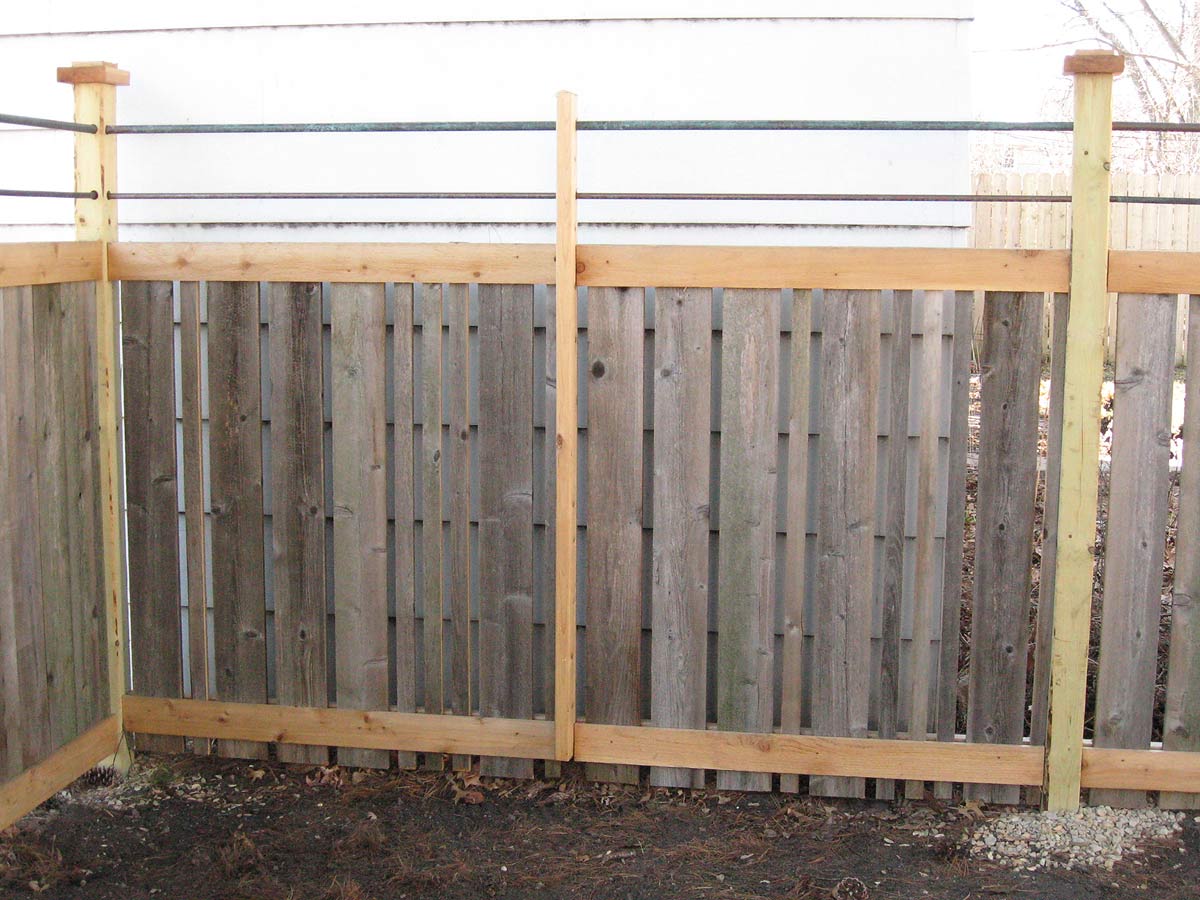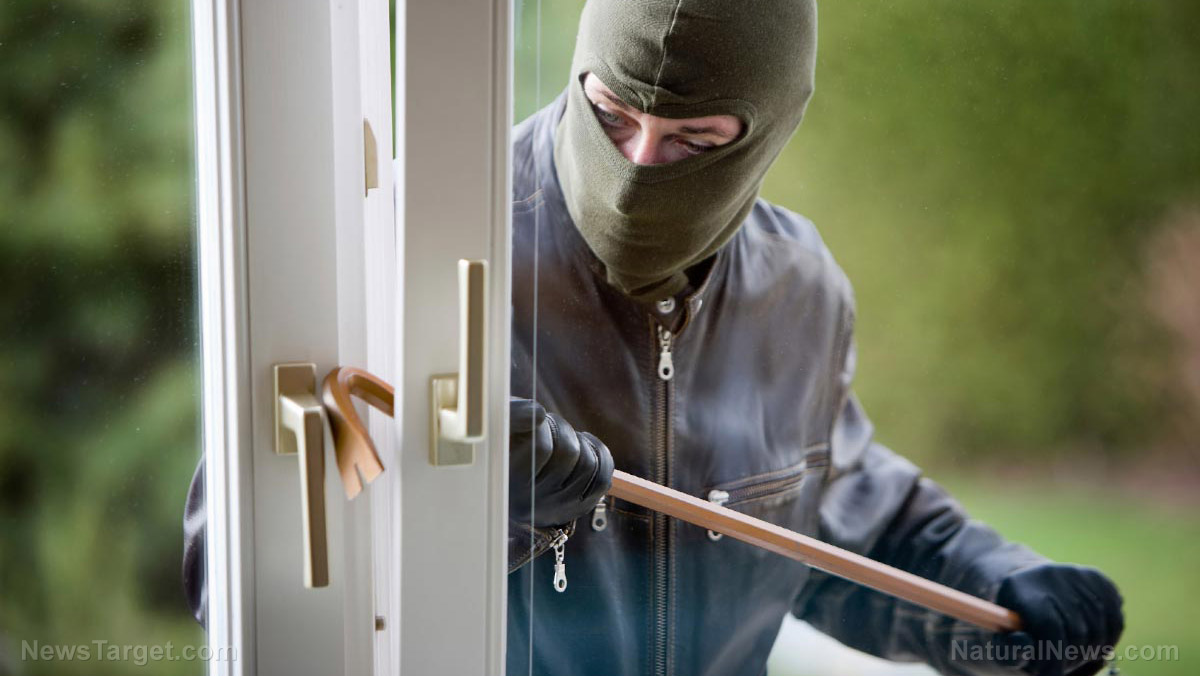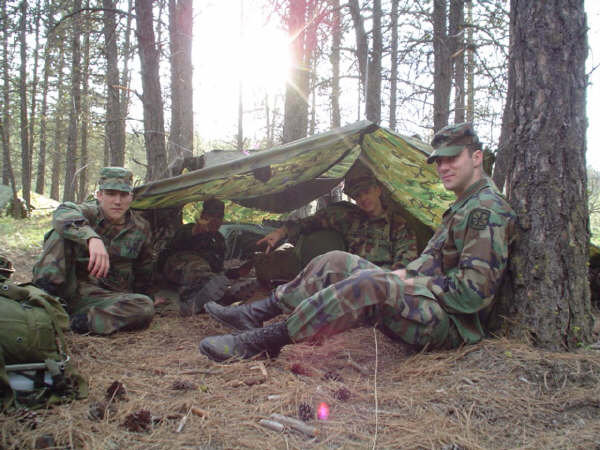Home defense 101: Improving perimeter protection on your property
10/28/2021 / By Zoey Sky

Having a safe home ensures that your family is protected when SHTF. Learn more about perimeter protection to improve your home defenses: use natural barriers like thorny bushes, install security alarms or get a guard dog. (h/t to Survivopedia.com)
What is perimeter protection?
Perimeter protection involves understanding and applying basic principles that will alert you to potential threats. When partnered with your ability to create or improvise alarm systems, you can ensure that you have a more effective threat response regardless of the environment or your location when SHTF.
It is your responsibility to protect your perimeter. If you think your home and your loved ones are in danger, arm yourself and be prepared to fight potential threats like burglars or attackers. If you need backup, contact the authorities.
Reaction and response time
Your response time is calculated based on your reaction time and movement time. This means your response time is determined by the amount of time it takes for you to notice when the alarm is triggered and the amount of time it takes for you to take action and deal with the threat on your property.
You need to be aware of a threat as quickly as possible so you’re always ready to act when an alarm is triggered. This factors in the reactionary gap, or the distance between you and the danger.
A big reactionary gap means a threat can cause more harm as you take too long to deal with it properly. With a perimeter alarm, you can buy more time. Increase the distance between you and the danger and use it to your advantage.
To improve your chance of surviving when SHTF, you need a sufficient reactionary gap and a fast response time.
When planning for perimeter protection and setting up alarms, consider who will be alerted by the alarm. Will an intruder notice the alarm before you do? Or can you set up an alarm that will only notify you and your family?
If you set up noise-creating alarms, both you and the threat can hear it, which can be both a good and a bad thing. With a noisy alarm, the intruder will know immediately that you are prepared for various threats.
But if you want something more discreet, a quiet alarm may be preferable so you can keep a low profile. Note that the type of alarm you should install depends on your defense plan, the location of your camp and the threat you are preparing for.
Modern security systems and alternatives
If you have the money for modern perimeter defense systems, use effective options like alarms with solar panels for off-grid use, electrified wire systems or simple tripwire alarms that are loud enough to alert you at night.
If you’re on a tight budget, use alternatives like improvised and inexpensive alarms. To make a visual alarm, use glow sticks and rat traps. Use zip ties to fasten the glow stick to the rat trap and use a wire or fishing line to string the trigger and run it across a trail or the entrance to your home. When someone triggers the alarm, the rat trap will snap and hit the glow stick so the chemicals inside mix faster.
Another DIY option you can try includes soda cans bundled together or other empty containers suspended between two supports. Improvise a trigger that will move the line with containers to make noise. (Related: Home security: 3 Ways to protect your homestead.)
Natural barriers for home defense
Natural barriers can also be used for perimeter protection if you understand the reactionary gap and your response time to common threats.
If you’re bugging out, camp in an area surrounded by thorny bushes to deter animal or human intruders from entering your campsite or at least slow them down. Always take advantage of your surroundings to protect your camp or property.
When camping, you can use running water as a natural barrier. Setting up camp on the other side of a river means you can sleep soundly knowing an intruder will have to cross a river to get to you. Your group will be alerted to their presence by the noise they make when crossing the water.
Planting thorny vegetation around your home will create a natural barrier that will improve your home defense system. Use motion sensor alarms or cameras to improve the reactionary gap when using defensive plants.
Here are some of the best defensive plants to grow in your yard or near windows:
- Agave
- Barberry
- Barrel cactus
- Blackberry
- Bougainvillea
- Cholla cactus
- Common holly
- Crown of thorns
- Devil’s walking stick
- Hardy orange
- Ocotillo
Note that natural barriers have some downsides when used for perimeter defense. If intruders can get trapped in defensive plants while they’re trying to enter your home, the plants might also trap you inside when placed incorrectly.
If you use thorny vegetation to protect your home, keep them away from entrances and exits so you can escape immediately if you need to evacuate.
Animals for perimeter defense
Add another protective layer to your perimeter defense by raising a guard animal like a dog. When you’re using other alarm systems, make sure your dogs won’t interact or disturb those systems.
Train your dogs well so they don’t trigger your alarms. Design a sensible layout so the first perimeter defense layer is triggered by the intruder and not a pet or a family member. This ensures that the alarm alerts the dogs, who then give you an excellent reactionary gap.
If dogs aren’t an option for you, consider raising guinea fowl in your homestead. These birds are just as good as any dog at protecting your backyard.
While they lack teeth and claws, guinea fowl can let you know when an intruder is in the vicinity. The birds are very loud and when they spot an intruder in their territory, they will immediately make loud sounds. Guinea fowl can also scare off cats, ferrets and rodents.
As a bonus, guinea fowl can also provide you with eggs and meat. Guinea fowl eggs taste just as good as chicken eggs and their meat is similar to pheasant but minus the gamey flavor.
When developing a perimeter protection plan for your homestead or campsite, consider options that will give you a good response time and a small reactionary gap. Use natural barriers paired with modern or improvised alarms for best results.
Visit Selfdefense.news for more tips on how to improve your home security and perimeter protection.
Sources include:
Tagged Under: crime, crime prevention, fences, fortifications, guard dogs, Home Defense, home security, Homestead, off grid, perimeter protection, Pets, preparedness, prepper, prepping, self-defense, SHTF, survival, Survival Tips
RECENT NEWS & ARTICLES
COPYRIGHT © 2018 SELFDEFENSE.NEWS
All content posted on this site is protected under Free Speech. SelfDefense.news is not responsible for content written by contributing authors. The information on this site is provided for educational and entertainment purposes only. It is not intended as a substitute for professional advice of any kind. SelfDefense.news assumes no responsibility for the use or misuse of this material. All trademarks, registered trademarks and service marks mentioned on this site are the property of their respective owners.


















